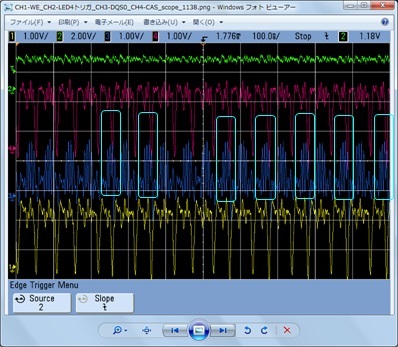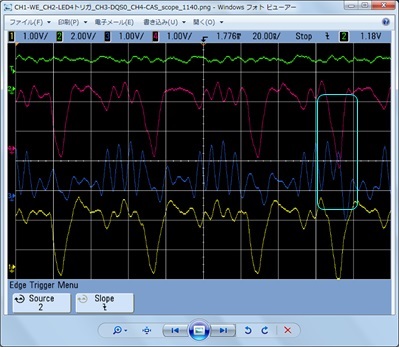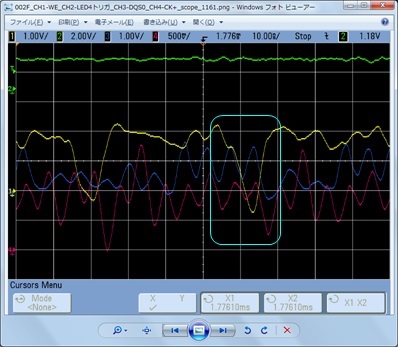Hi Champs,
I've got the JEDEC standard JESD79-2B and the standard defines a seamless burst write operation as follows.
o JEDEC STANDARD DDR2 SDRAM SPECIFICATION JESD79-2B
(cs.ecs.baylor.edu/~maurer/CSI5338/JESD79-B2.pdf)
- Page 36
Figure 33 - Seamless burst write operation: RL = 5, WL = 4, BL = 4
So, dose DM6437 DDR2 memory controller support the seamless burst write operation?
The DM6437 memory controller supports JESD79-2A, but I think that it also defines the operation.
Regards,
j-breeze
-
Ask a related question
What is a related question?A related question is a question created from another question. When the related question is created, it will be automatically linked to the original question.




